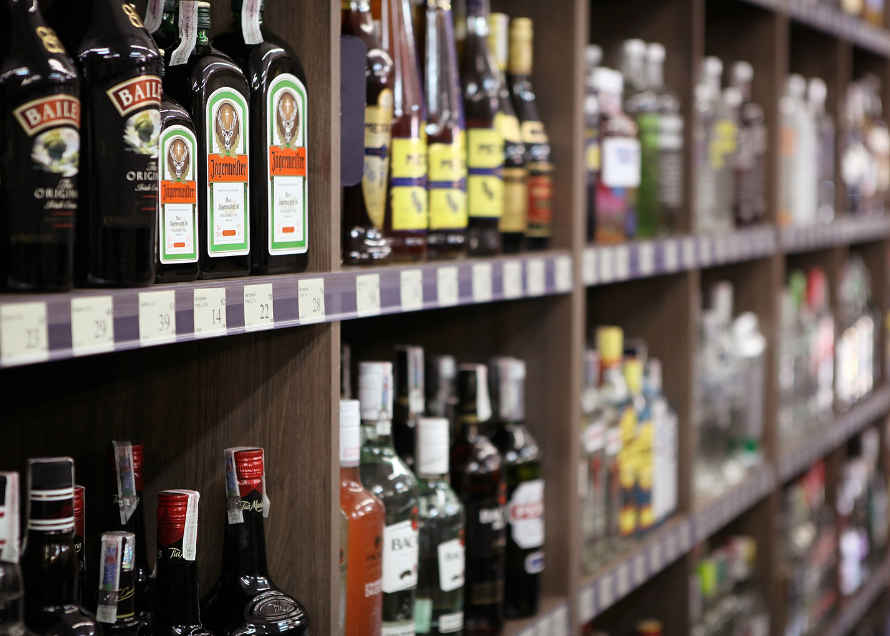Scotland continues to grapple with a significant alcohol problem, as new data from Public Health Scotland (PHS) reveals that adults who drink are consuming an average of 21.6 units of alcohol per week – over 50% above the Chief Medical Officers’ recommended safe limit of 14 units for both men and women.
While there has been a recent decline in the overall volume of alcohol sold, consumption levels remain higher than those recorded in England and Wales, underscoring Scotland’s ongoing struggle with excessive drinking.
The latest figures, drawn from alcohol sales data spanning 2017 to 2024, highlight that the nation’s relationship with alcohol is still deeply problematic.
The impact of this high consumption is not felt equally across the country. The data exposes stark health inequalities, with people living in Scotland’s most deprived areas being six times more likely to be hospitalised or die from alcohol-related causes compared to those in the least deprived communities.
This disparity points to the urgent need for targeted interventions and support in the hardest-hit areas.
Dr Tara Shivaji, Consultant in Public Health Medicine at PHS, commented on the findings: “Today’s updates add to the evidence base that as a population, Scotland is consuming too much alcohol.
“If current drinking patterns continue, we project a 21% increase in alcohol-related disease burden by 2043 compared to 2019 levels.
“This means thousands more individuals and families facing the devastating impacts of alcohol related ill-health such as liver disease, heart disease, stroke and cancer.”
The risks associated with exceeding the 14-unit weekly limit are substantial, including increased chances of serious conditions such as liver disease, heart disease, stroke, and cancer.
Despite some improvements, the data makes clear that substantial work remains to be done to reduce alcohol-related harm in Scotland.
Dr Shivaji emphasised the need for urgent, collective, and evidence-based action, calling for the implementation of preventative measures outlined in the Population Health Framework.
These include addressing the availability, affordability, and attractiveness of alcohol, as well as ensuring early intervention and support for those experiencing alcohol-related problems.
You Might Also Like:
In summary, while Scotland has made some progress in reducing alcohol sales, the nation’s average consumption remains dangerously high, particularly in its most deprived communities.
Without decisive action, the country faces a growing burden of alcohol-related disease and inequality in the years ahead.





















